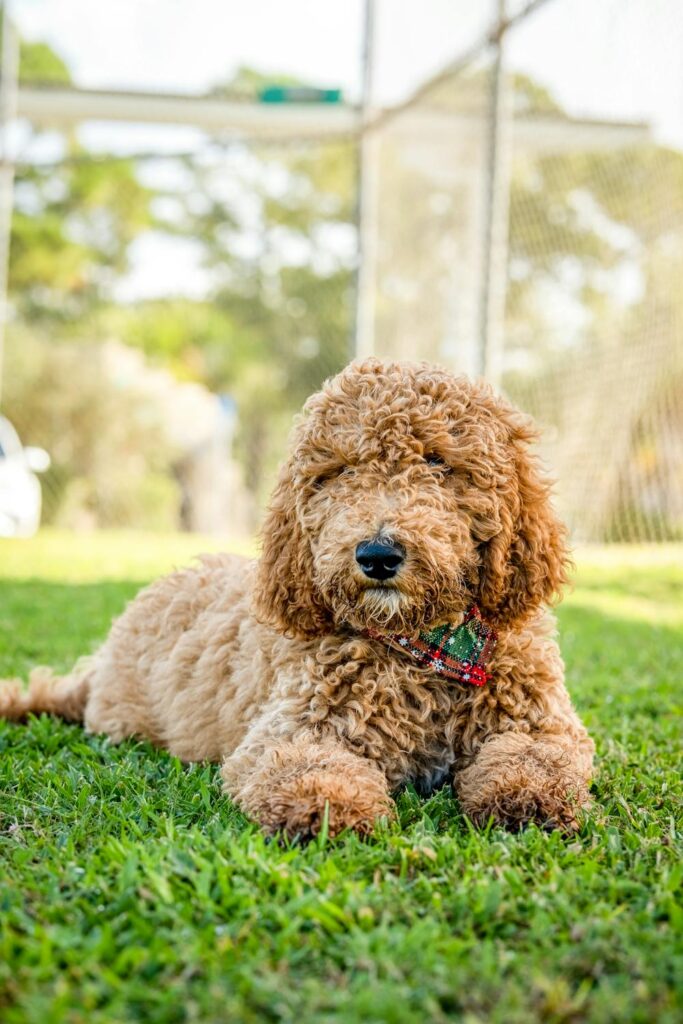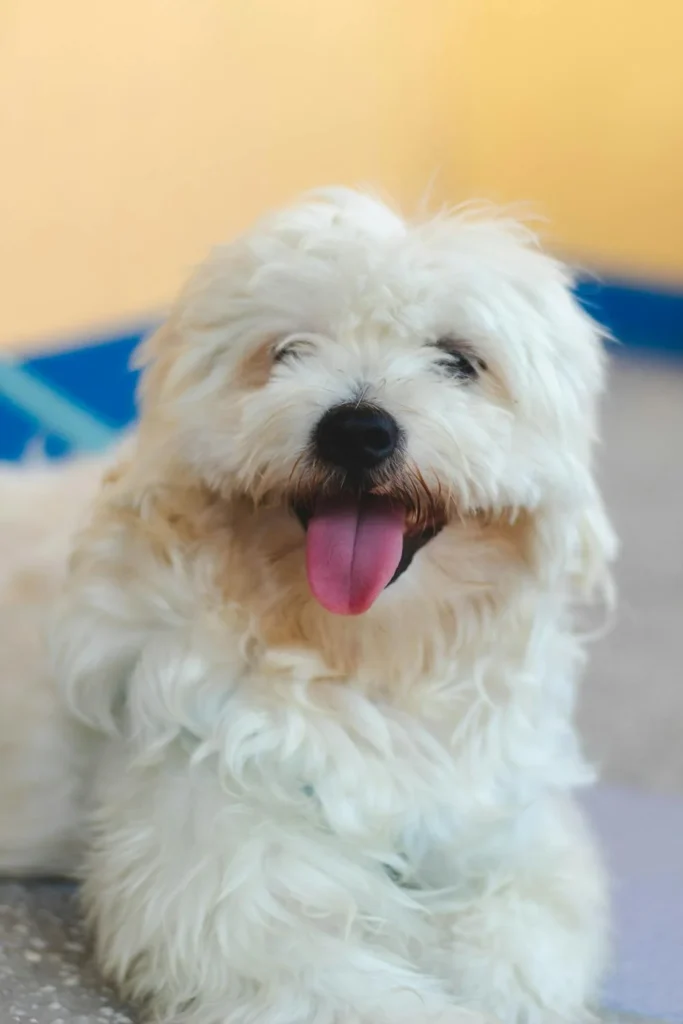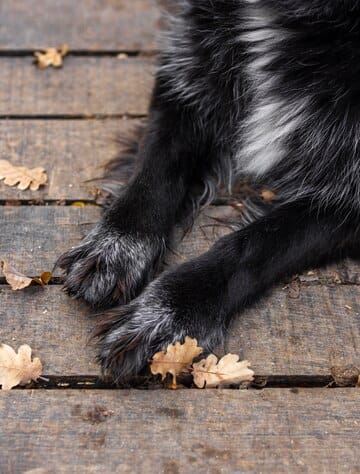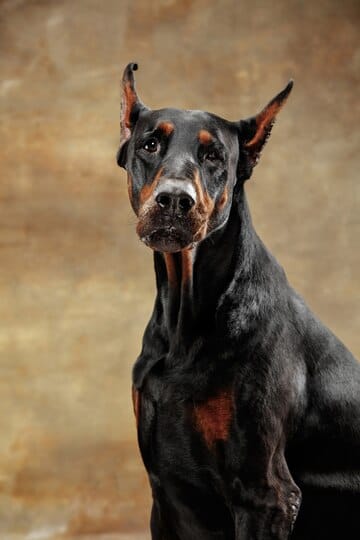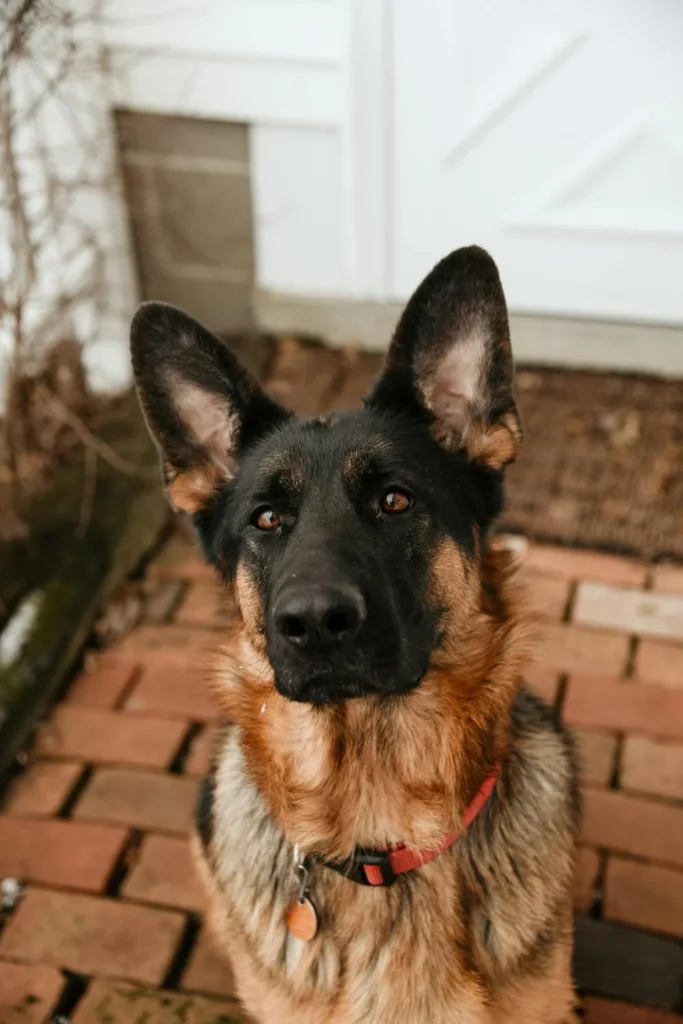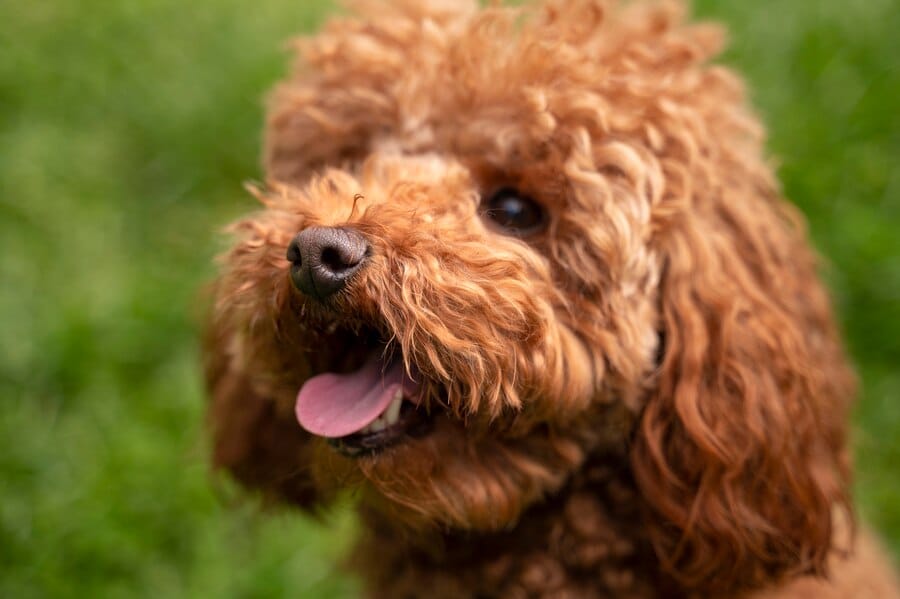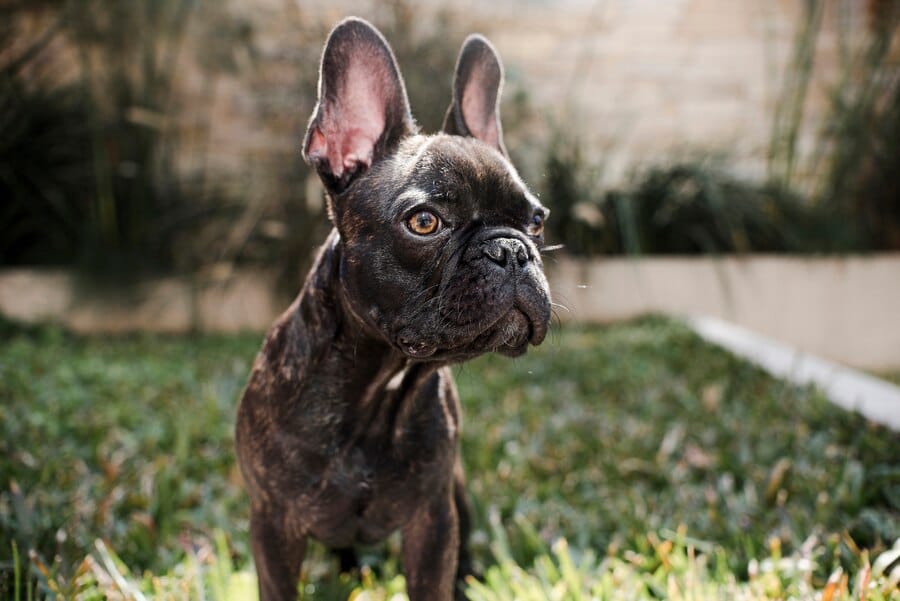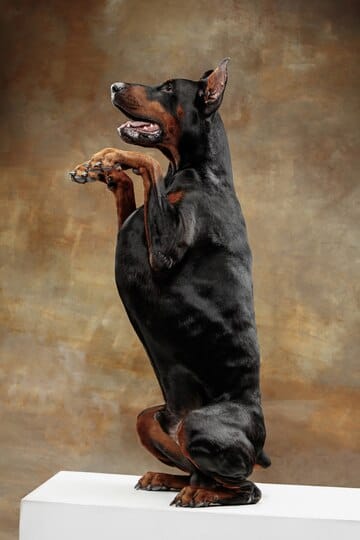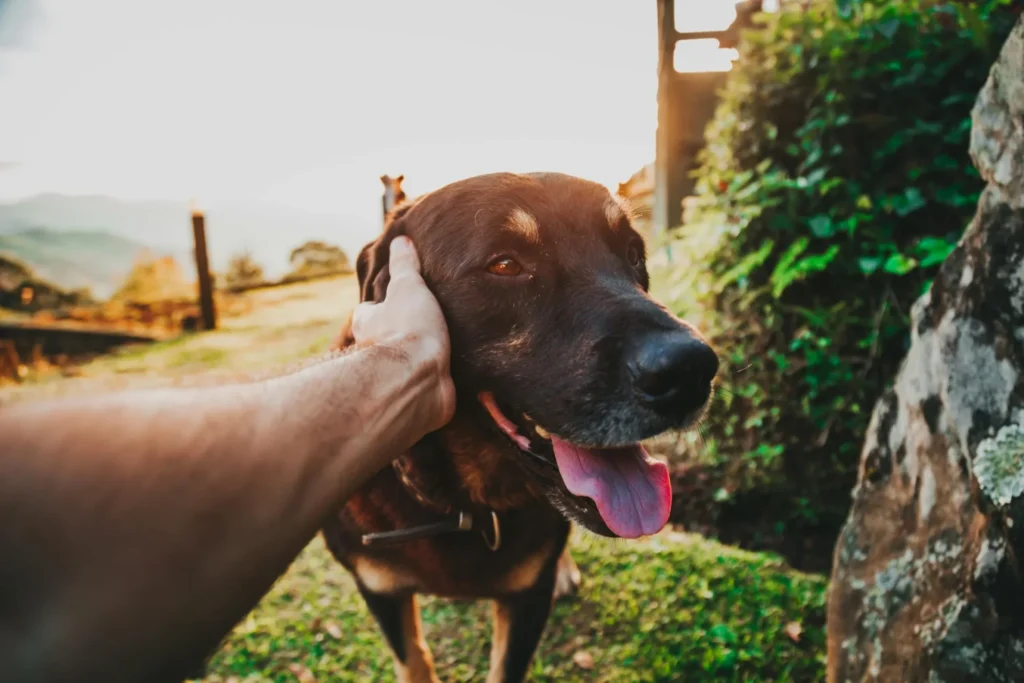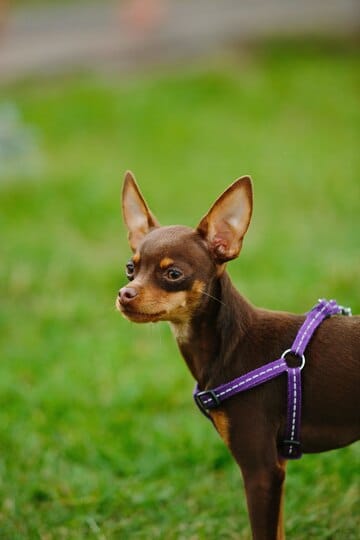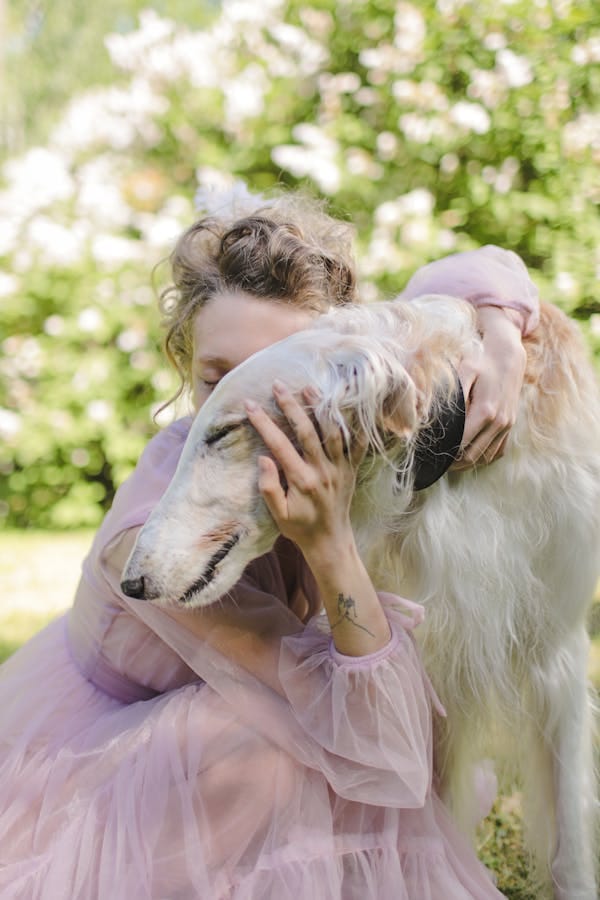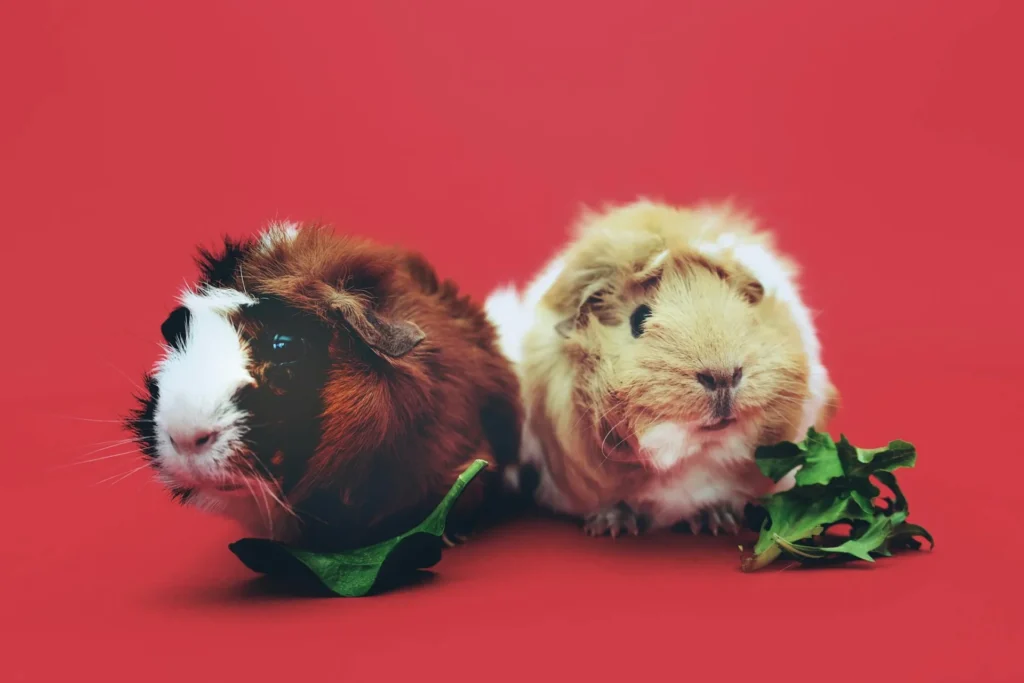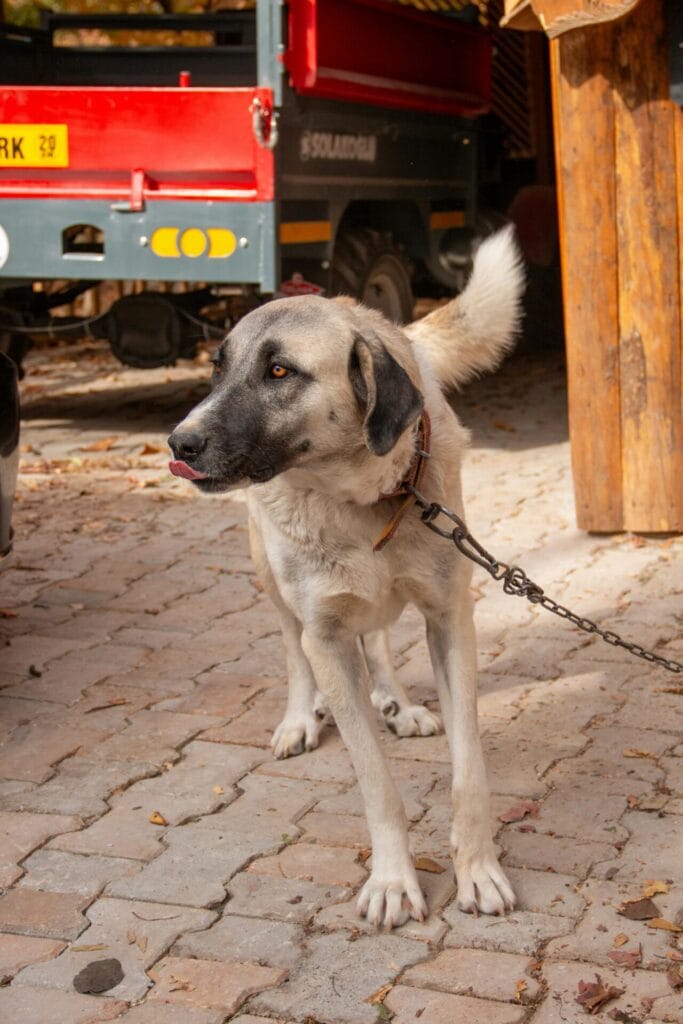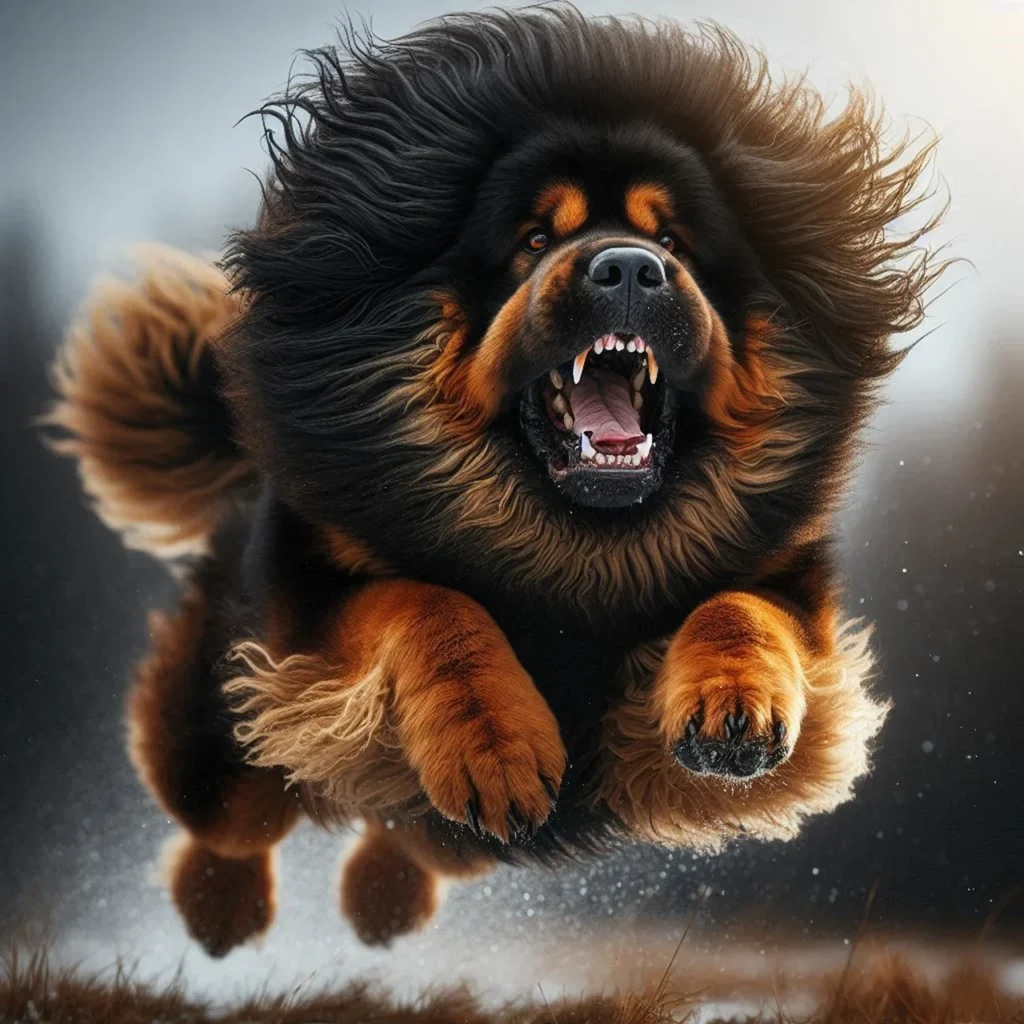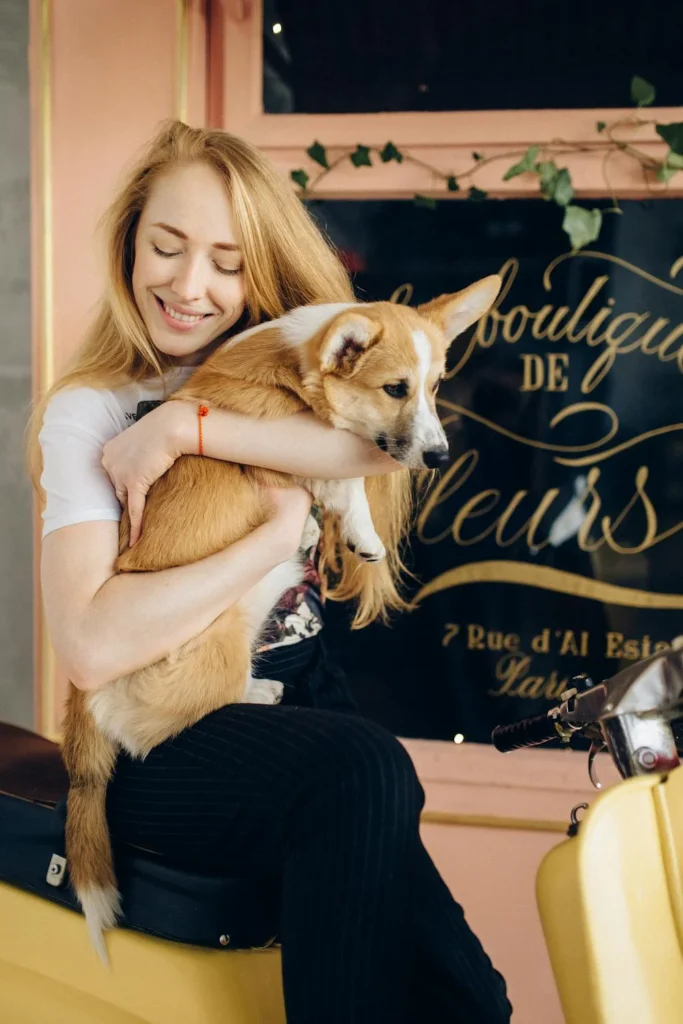- Introduction: The Colorful World of Doodles 🌈🐶
- The Fading Phenomenon: What’s Happening to My Doodle’s Coat? 🧐🔍
- Doodle Coat Colors: A Rainbow of Possibilities 🌈
- Fading Factors: What Influences Coat Changes? 🔬
- The Fading Process: A Closer Look at Different Doodle Breeds 🔎
- The Emotional Rollercoaster: Dealing with Your Doodle’s Changing Coat 🎢❤️
- Coat Care: Maintaining Your Doodle’s Fabulous Fur 💅
- The Silver Lining: Advantages of Coat Fading ☁️➡️🌞
- Doodle Diversity: Comparing Coat Types and Fading Tendencies 📊
- Beyond Color: Other Coat Changes in Doodles 🔄
- The Generation Game: How Doodle Generations Affect Coat Fading 🧬
- Fading Myths: Debunking Common Misconceptions 🚫🤔
- The Rainbow Bridge: How Coat Color Affects Adoption and Ownership 🌈🐾
- Doodle Diaries: Real-Life Fading Stories 📖🐶
- The Groomer’s Perspective: Professional Insights on Doodle Coat Care 💇♀️
- The Breeder’s Role: Genetic Considerations in Doodle Breeding 🧬🔍
- The Future of Fading: Emerging Research and Trends 🔬🔮
- Fading Across Species: A Comparative Look 🐾🌎
- The Psychology of Color: How Coat Changes Affect Perception 🧠🎨
- Doodle Fashion: Accessories for Every Color 🎀👔
- The Social Media Effect: Doodles in the Digital Age 📱🌟
- Environmental Factors: Beyond Genetics 🌿🌡️
- The Science of Color: Understanding Pigmentation in Doodles 🔬🎨
- Health Considerations: When Coat Changes Signal Concerns 🏥🚨
- The Global Perspective: Doodle Coat Fading Around the World 🌍
- The Fading Forecast: Predicting Your Doodle’s Color Journey 🔮
- Fading and Function: How Coat Changes Affect Working Doodles 🦮💼
- The Doodle Rainbow: Celebrating Coat Diversity 🌈🎉
- Frequently Asked Questions About Doodle Coat Fading 🤔💬
- Conclusion: Embracing the Colorful Journey of Doodle Ownership 🌈🐾
Introduction: The Colorful World of Doodles 🌈🐶
Doodles have taken the dog world by storm, captivating hearts with their adorable looks and winning personalities. These poodle mixes come in a dazzling array of colors and patterns, but many doodle owners are surprised to discover their puppy’s coat changing over time. Let’s dive into the fascinating world of doodle coat fading, exploring why it happens, when to expect it, and how to embrace your doodle’s unique transformation.
What Are Doodles? A Quick Breed Overview 🐩❤️
The Fading Phenomenon: What’s Happening to My Doodle’s Coat? 🧐🔍
Many doodle owners are caught off guard when their puppy’s rich, vibrant coat begins to lighten or change color. This process, known as coat fading, is common in many doodle breeds. But why does it happen?
The Science Behind Coat Fading 🧬
Coat fading in doodles is primarily influenced by genetics. Two key factors play a role:
- The fading gene: Also known as the “progressive graying gene” or the “G locus,” this gene causes a dog’s coat to gradually lighten over time.
- Poodle genetics: Poodles are known for their coat-changing tendencies, and this trait is often passed down to their doodle offspring.
When Does Fading Typically Occur? ⏳
Coat fading in doodles isn’t an overnight process. It typically follows this timeline:
- Birth to 8 weeks: Puppies are born with their initial coat color.
- 2 to 4 months: Some doodles may start showing signs of fading.
- 4 to 8 months: Fading becomes more noticeable in affected dogs.
- 8 months to 2 years: The fading process continues, with the adult coat color fully emerging by 2 years of age.
Remember, not all doodles will fade, and the extent of fading can vary greatly between individuals.
Doodle Coat Colors: A Rainbow of Possibilities 🌈
Doodles come in a stunning variety of colors. Let’s explore some common hues and their fading tendencies:
| Color | Fading Tendency | Typical Fade Pattern |
|---|---|---|
| Black | High | Often fades to silver or blue |
| Brown | High | May fade to cafe au lait or silver beige |
| Red | Moderate | Can lighten to apricot or cream |
| Apricot | Low to Moderate | May lighten slightly |
| Cream | Low | Minimal fading |
| Parti (multi-color) | Varies | Darker colors may fade while lighter areas remain stable |
Keep in mind that individual dogs may not follow these patterns exactly. Genetics can be unpredictable!
Fading Factors: What Influences Coat Changes? 🔬
While genetics play the starring role in coat fading, other factors can influence your doodle’s changing appearance:
- Sun exposure: Prolonged time in the sun can lighten a dog’s coat, similar to how human hair can get “sun-kissed.”
- Diet: A balanced diet rich in essential nutrients supports coat health and may impact color retention.
- Health: Certain medical conditions or hormonal changes can affect coat color.
- Grooming practices: Frequent bathing or use of harsh shampoos may contribute to color fading.
- Age: As dogs mature, their coats naturally change, often becoming lighter or grayer.
The Fading Process: A Closer Look at Different Doodle Breeds 🔎
Let’s examine how coat fading typically manifests in various doodle breeds:
Labradoodles 🐾
Labradoodles often experience significant fading, especially in darker colors:
- Black Labradoodles may fade to charcoal or silver.
- Chocolate Labradoodles often lighten to a cafe au lait shade.
- Red Labradoodles might fade to a lighter apricot or cream.
Goldendoodles 🌟
Goldendoodles tend to have less dramatic fading compared to some other doodle varieties:
- Darker golden colors may lighten slightly.
- Cream Goldendoodles usually maintain their color.
- Red Goldendoodles might fade to a lighter apricot shade.
Bernedoodles 🐻
Bernedoodles, with their distinctive tri-color coats, can experience varied fading:
- Black areas may fade to charcoal or silver.
- Brown patches might lighten to a caramel shade.
- White areas typically remain stable.
Aussiedoodles 🇦🇺
Aussiedoodles often inherit the merle pattern from their Australian Shepherd parent, which can impact fading:
- Merle patterns tend to remain stable.
- Solid-colored areas may fade similarly to other doodle breeds.
Schnoodles ✂️
Schnoodles can experience fading patterns similar to poodles:
- Black Schnoodles may fade to silver or blue.
- Salt and pepper coats might become lighter over time.
The Emotional Rollercoaster: Dealing with Your Doodle’s Changing Coat 🎢❤️
It’s natural to feel a mix of emotions as your doodle’s coat changes. Here’s how to navigate this transformation:
- Embrace the change: Your doodle’s fading coat is a unique part of their journey.
- Document the process: Take regular photos to capture your pup’s evolving appearance.
- Focus on personality: Remember, your doodle’s lovable nature remains constant, regardless of coat color.
- Educate others: Share your knowledge about coat fading with curious onlookers.
- Celebrate uniqueness: No two doodles are alike – cherish your dog’s one-of-a-kind look!
Coat Care: Maintaining Your Doodle’s Fabulous Fur 💅
While you can’t prevent genetic fading, you can keep your doodle’s coat healthy and vibrant:
- Regular grooming: Brush your doodle several times a week to prevent matting and distribute natural oils.
- Balanced diet: Feed a high-quality dog food rich in omega-3 fatty acids for coat health.
- Sun protection: Limit excessive sun exposure, especially for darker-colored doodles.
- Gentle bathing: Use dog-specific shampoos and avoid over-bathing, which can strip natural oils.
- Professional grooming: Regular visits to a groomer can help maintain coat health and appearance.
The Silver Lining: Advantages of Coat Fading ☁️➡️🌞
While some owners may initially feel disappointed by coat fading, there are some surprising benefits:
- Unique appearance: Faded coats often have a beautiful, distinctive look.
- Easier to keep clean: Lighter coats may show less dirt and debris.
- Sun protection: Lighter coats absorb less heat, keeping your doodle cooler in summer.
- Age gracefully: Faded coats can blend naturally with the graying that occurs as dogs age.
Doodle Diversity: Comparing Coat Types and Fading Tendencies 📊
Let’s take a closer look at how different doodle breeds compare in terms of coat type and fading tendencies:
| Doodle Breed | Common Coat Types | Fading Tendency | Notable Characteristics |
|---|---|---|---|
| Labradoodle | Wool, Fleece, Hair | High | Often dramatic color changes |
| Goldendoodle | Straight, Wavy, Curly | Moderate | Subtle fading in golden shades |
| Bernedoodle | Straight, Wavy, Curly | Moderate to High | Tri-color pattern adds complexity |
| Aussiedoodle | Straight, Wavy, Curly | Moderate | Merle patterns may impact fading |
| Schnoodle | Soft and Silky, Wiry, Curly | High | Can resemble poodle fading patterns |
Remember, individual dogs may vary significantly from these general trends.
Beyond Color: Other Coat Changes in Doodles 🔄
Fading isn’t the only transformation your doodle’s coat may undergo. Be prepared for these potential changes:
- Texture shifts: Puppy coats are often softer and may become coarser or curlier with age.
- Thickness variations: Coat density can change, especially during seasonal shedding periods.
- Pattern emergence: Some doodles develop more distinct patterns or markings as they mature.
- Length adjustments: Coat length may change, particularly if your doodle inherited the continuously growing poodle coat.
The Generation Game: How Doodle Generations Affect Coat Fading 🧬
Doodle generations can influence coat characteristics, including fading tendencies:
- F1 Doodles (50% Poodle, 50% other breed): May have more variety in coat types and fading patterns.
- F1b Doodles (75% Poodle, 25% other breed): Often have coats more similar to poodles, potentially with increased fading.
- F2 Doodles (F1 x F1): Can have highly variable coat characteristics.
- Multi-gen Doodles: May have more predictable coat types and fading patterns due to selective breeding.
Fading Myths: Debunking Common Misconceptions 🚫🤔
Let’s clear up some misunderstandings about doodle coat fading:
- Myth: All doodles will fade.
Reality: While fading is common, not all doodles experience significant color changes. - Myth: Fading indicates poor breeding.
Reality: Coat fading is a natural genetic trait, not a sign of inferior breeding. - Myth: You can prevent fading with special diets or products.
Reality: Genetics primarily determine fading; no diet or product can stop genetically-driven color changes. - Myth: Faded coats are less healthy.
Reality: Coat color doesn’t correlate with overall health or coat quality. - Myth: Fading happens overnight.
Reality: Coat fading is typically a gradual process occurring over months or years.
The Rainbow Bridge: How Coat Color Affects Adoption and Ownership 🌈🐾
Coat color can play a surprising role in doodle adoption and ownership:
- Initial attraction: Many owners are drawn to specific colors when choosing a puppy.
- Expectations vs. reality: Some owners struggle to adjust when their doodle’s coat fades dramatically.
- Breeder transparency: Reputable breeders educate potential owners about the possibility of coat fading.
- Adoption rates: Some colors may be more popular, affecting adoption rates and breeding decisions.
- Owner satisfaction: Understanding and accepting coat fading can lead to greater long-term satisfaction with doodle ownership.
Doodle Diaries: Real-Life Fading Stories 📖🐶
Let’s hear from some doodle owners about their experiences with coat fading:
“When we brought home our black Labradoodle, Max, we never imagined he’d turn silver! It was quite a surprise, but now we love his unique look.” – Sarah, Labradoodle owner
“Our red Goldendoodle, Ginger, has slowly lightened to a beautiful apricot color. It’s been fascinating to watch her transform.” – Mike, Goldendoodle owner
“We chose our Bernedoodle, Bear, for his striking tri-color coat. While the black has faded to charcoal, his pattern is still gorgeous.” – Emma, Bernedoodle owner
These stories highlight the diverse experiences of doodle owners and the importance of embracing change.
The Groomer’s Perspective: Professional Insights on Doodle Coat Care 💇♀️
Professional groomers have valuable insights on managing doodle coats through the fading process:
- Regular maintenance: Consistent brushing and grooming can help manage changing coat textures.
- Adapting techniques: Groomers may adjust their approach as a doodle’s coat changes over time.
- Color enhancement: Some owners opt for color-enhancing shampoos to maintain vibrancy (though these don’t prevent genetic fading).
- Styling options: Different haircuts can complement a doodle’s changing coat color and texture.
- Education: Groomers play a crucial role in helping owners understand and care for their doodle’s evolving coat.
The Breeder’s Role: Genetic Considerations in Doodle Breeding 🧬🔍
Reputable doodle breeders consider coat genetics in their breeding programs:
- Color prediction: Understanding parent genetics helps breeders estimate puppy coat colors and fading potential.
- Transparency: Ethical breeders inform potential owners about the possibility of coat fading.
- Genetic testing: Some breeders use DNA tests to identify carriers of the fading gene.
- Selective breeding: Breeders may choose parent dogs to produce specific coat types or colors.
- Ongoing research: The doodle breeding community continues to study coat genetics to better understand and predict outcomes.
The Future of Fading: Emerging Research and Trends 🔬🔮
The world of doodle coat genetics is constantly evolving. Here are some areas of ongoing research and emerging trends:
- Genetic mapping: Scientists are working to identify all genes involved in coat color and fading.
- Prediction tools: New DNA tests may soon offer more accurate predictions of a puppy’s adult coat color.
- Novel colors: Breeders are developing new and unique doodle color variations.
- Health correlations: Researchers are exploring potential links between coat color genes and health traits.
- Consumer education: There’s a growing emphasis on educating doodle owners about genetic coat changes.
Fading Across Species: A Comparative Look 🐾🌎
Coat fading isn’t unique to doodles. Let’s explore how it manifests in other animals:
- Horses: Many gray horses are born dark and lighten dramatically with age.
- Cats: Some cat breeds, like the Russian Blue, can experience coat lightening.
- Wild animals: Arctic foxes and snowshoe hares change coat color seasonally for camouflage.
- Other dog breeds: Kerry Blue Terriers and Bedlington Terriers are known for significant coat fading.
This wider perspective helps us appreciate the natural diversity of animal coat colors and changes.
The Psychology of Color: How Coat Changes Affect Perception 🧠🎨
The way we perceive our doodles can be influenced by their changing coat color:
- First impressions: Initial coat color often plays a role in puppy selection.
- Emotional attachment: Some owners may feel a sense of loss as their doodle’s coat changes.
- Identity and recognition: Dramatic color changes can affect how others perceive and recognize your dog.
- Personality association: We may subconsciously associate certain traits with specific coat colors.
- Adaptation: Most owners come to appreciate their doodle’s unique transformation over time.
Doodle Fashion: Accessories for Every Color 🎀👔
As your doodle’s coat changes, you might want to update their accessories:
- Collar selection: Choose colors that complement your doodle’s evolving coat.
- Bandanas and bowties: Add a pop of color to highlight your doodle’s new look.
- Harnesses: Select styles that stand out against your doodle’s changing coat color.
- Sweaters and jackets: Coordinate outerwear with your doodle’s new hue.
- Photography props: Use contrasting colors to make your doodle’s unique coat stand out in photos.
The Social Media Effect: Doodles in the Digital Age 📱🌟
In the age of Instagram and TikTok, doodle coat fading has taken on new significance:
- Transformation Tuesday: Many owners document their doodle’s color change journey online.
- Hashtag trends: #DoodleFade and #DoodleTransformation showcase these unique coat changes.
- Education opportunities: Social media platforms allow owners to share information about coat fading.
- Community support: Online doodle groups provide a space for owners to discuss coat changes.
- Breeder marketing: Some breeders use dramatic before-and-after photos to showcase coat fading.
Environmental Factors: Beyond Genetics 🌿🌡️
While genetics play the primary role in coat fading, environmental factors can also influence your doodle’s coat:
- Climate: Extreme temperatures or humidity levels may affect coat color and texture.
- Water quality: Hard water or chlorinated pools can potentially impact coat color.
- Allergens: Environmental allergies may cause skin issues that affect coat appearance.
- Lifestyle: Active, outdoor doodles may experience more sun-induced lightening.
- Stress: Major life changes or stress can sometimes affect coat color and quality.
The Science of Color: Understanding Pigmentation in Doodles 🔬🎨
To truly grasp coat fading, let’s delve into the science of canine coat color:
- Melanin types: Two types of melanin determine coat color:
- Eumelanin (black and brown pigments)
- Pheomelanin (red and yellow pigments)
- Color genes: Multiple genes interact to produce a doodle’s coat color:
- The B locus (black/brown)
- The E locus (extension)
- The A locus (agouti)
- The K locus (dominant black)
- Dilution genes: These genes can lighten or “dilute” base colors:
- The D locus can turn black to blue or brown to isabella
- The I locus is responsible for the intensity of pheomelanin
- Progressive graying: This gene causes gradual lightening of the coat over time
- Somatic mutations: Rarely, changes in pigment-producing cells can cause patches of different colors
Understanding these genetic factors helps explain the wide variety of coat colors and fading patterns in doodles.
Health Considerations: When Coat Changes Signal Concerns 🏥🚨
While most coat fading is perfectly normal, sometimes coat changes can indicate health issues:
- Sudden changes: Rapid, unexpected color changes may signal a health problem.
- Patchy loss of color: This could indicate a skin condition or autoimmune disorder.
- Texture changes: Sudden coarsening or thinning of the coat might suggest nutritional deficiencies or hormonal imbalances.
- Excessive shedding: While not directly related to fading, unusual shedding can signal health issues.
- Skin problems: Redness, itching, or flaking accompanying color changes should be evaluated by a vet.
Always consult with your veterinarian if you’re concerned about your doodle’s coat changes.
The Global Perspective: Doodle Coat Fading Around the World 🌍
Doodle popularity has spread globally, and attitudes towards coat fading vary:
- United States: High awareness of fading, with many owners embracing the change.
- United Kingdom: Growing understanding of fading as doodles gain popularity.
- Australia: Home of the Labradoodle, with widespread acceptance of coat changes.
- Europe: Varied attitudes, with some countries placing high value on coat stability.
- Asia: Increasing doodle popularity, with growing education about coat fading.
The Fading Forecast: Predicting Your Doodle’s Color Journey 🔮
While exact predictions are impossible, here are some ways to estimate your doodle’s fading potential:
- Parent coats: Look at the parents’ colors and any history of fading in their lines.
- Genetic testing: Some DNA tests can indicate the presence of fading genes.
- Early signs: Subtle lightening around the muzzle or paws can hint at future fading.
- Breed tendencies: Some doodle types are more prone to fading than others.
- Coat type: Certain coat textures may be more likely to fade.
Remember, every doodle is unique, and surprises can always occur!
Fading and Function: How Coat Changes Affect Working Doodles 🦮💼
Many doodles serve as working or service dogs. Here’s how coat fading might impact their roles:
- Therapy dogs: Coat changes don’t affect a doodle’s ability to provide comfort and support.
- Service dogs: Fading doesn’t impact a doodle’s capacity to perform tasks, but may require updated identification photos.
- Allergy-friendly companions: Coat color changes don’t alter a doodle’s hypoallergenic qualities.
- Search and rescue: Dramatic color changes might require adjustments in visibility gear.
- Agility and sports: Coat fading doesn’t affect a doodle’s athletic abilities.
The Doodle Rainbow: Celebrating Coat Diversity 🌈🎉
Instead of seeing fading as a loss, let’s celebrate the wonderful diversity of doodle coats:
- Color palette parties: Some doodle groups host events showcasing the range of coat colors.
- Fading photo contests: Online competitions highlight dramatic before-and-after transformations.
- Mixed-coat families: Some owners intentionally choose doodles with different coat colors and fading patterns.
- Artistic inspiration: Doodle coat colors inspire everything from paintings to custom-dyed yarns.
- Educational opportunities: The variety of doodle coats provides a great way to teach children about genetics and diversity.
Frequently Asked Questions About Doodle Coat Fading 🤔💬
- Q: Will my doodle’s personality change with their coat color?
A: No, coat color has no impact on personality. Your doodle will remain the same lovable pup regardless of color changes. - Q: Can I prevent my doodle’s coat from fading?
A: If fading is genetically predetermined, it can’t be prevented. However, proper nutrition and coat care can help maintain overall coat health. - Q: How long does the fading process take?
A: Fading is usually gradual, often occurring over the first two years of a doodle’s life, though some changes may continue beyond this. - Q: Will my doodle’s coat continue to change color throughout their life?
A: Most significant fading occurs in the first two years, but subtle changes can continue as your doodle ages. - Q: Are certain colors more prone to fading than others?
A: Generally, darker colors like black and brown are more likely to show noticeable fading than lighter colors. - Q: Does coat fading affect shedding or allergen production?
A: No, coat color changes don’t impact shedding levels or allergen production. - Q: Can I predict my doodle puppy’s adult coat color?
A: While not 100% accurate, looking at the parents’ coats and understanding breed tendencies can provide clues about potential adult coloration. - Q: Is coat fading a sign of a health problem?
A: In most cases, no. Gradual, symmetrical fading is typically a normal genetic process. However, sudden or patchy changes should be evaluated by a vet. - Q: Will my doodle’s coat texture change along with the color?
A: Texture changes are common as doodles mature, but they’re not directly linked to color fading. Puppy coats often transition to adult coats with different textures. - Q: Can diet or supplements prevent or reverse coat fading?
A: While a healthy diet supports overall coat health, it can’t prevent genetically-driven fading. No supplements have been proven to reverse or prevent fading.
Conclusion: Embracing the Colorful Journey of Doodle Ownership 🌈🐾
As we’ve explored the fascinating world of doodle coat fading, one thing becomes clear: these delightful dogs are full of surprises! From the science behind their changing coats to the emotional journey of watching your puppy transform, doodle ownership is truly a unique experience.
Remember, your doodle’s coat is just one small part of what makes them special. Whether your pup stays true to their puppy color or undergoes a dramatic transformation, they remain the same loving, loyal companion you fell in love with.
Embrace the change, document the journey, and celebrate your doodle’s unique beauty at every stage. After all, it’s not the color of their coat that matters, but the size of their heart and the wag of their tail!
So here’s to doodles of all colors – faded, vibrant, and everything in between. May your homes be filled with love, laughter, and a little bit of dog hair, no matter what color it may be! 🐾💖🎨

